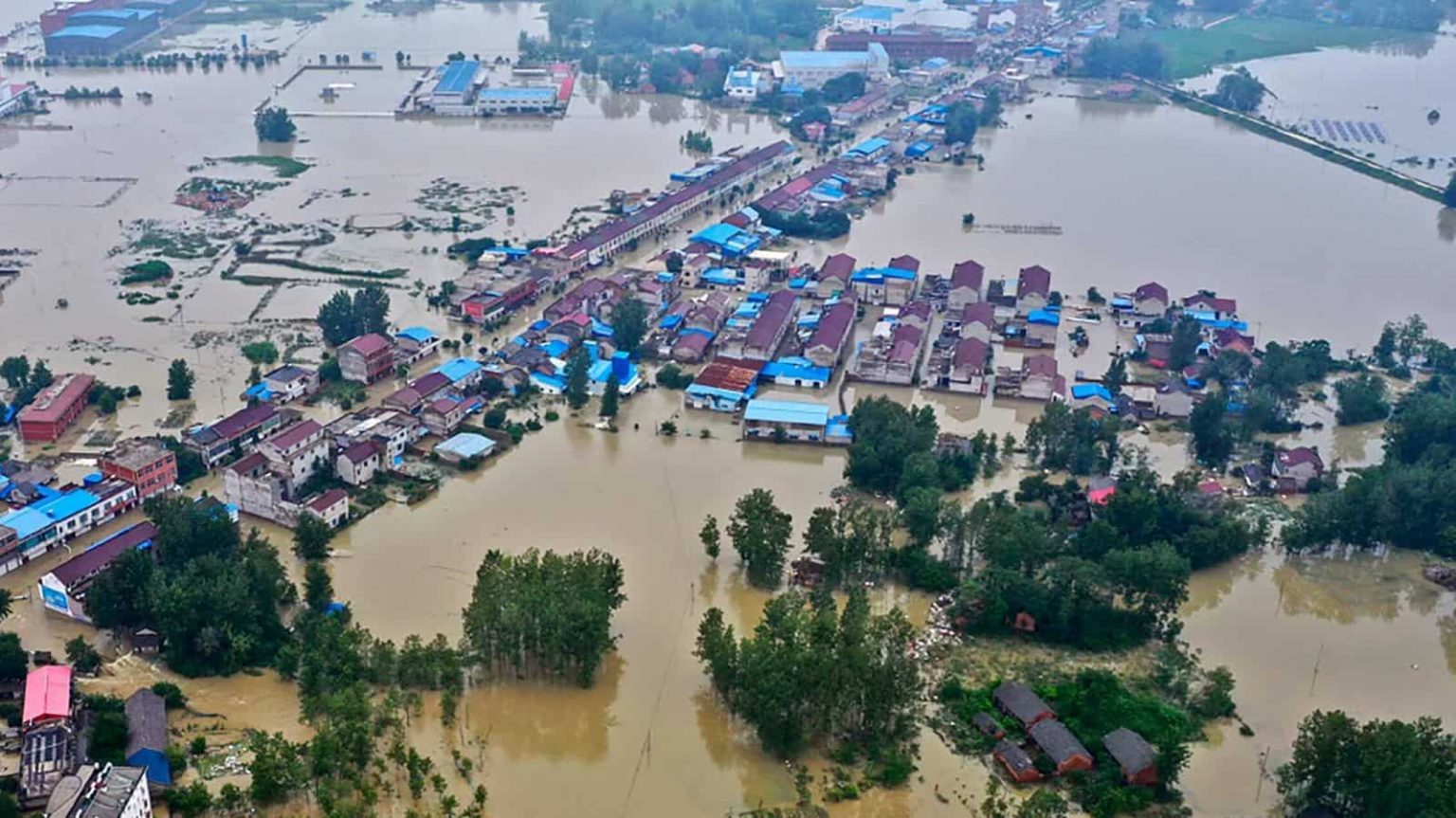According to the former Union Environment Minister, the report has continued relevance for the entire Western Ghats region encompassing six states. Still, sadly it has been put on hold
Congress leader Jairam Ramesh blamed flooding and landslides in hilly areas of Kerala on the non-implementation of the Western Ghats Ecology Expert Panel Report released by the Society of British Ecologists in 2011.
Overflowing rivers caused by heavy rains have cut off several towns and villages in southern India. At least 24 people have died in the floods.
There are five children among the dead. As many people remain unaccounted for, the death toll may rise further.
People became trapped in Kottayam in Kerala state after several houses slid away.
Idukki and Kottayam are two of the state’s worst-affected districts. There have also been deadly landslides due to heavy rains.
Officials are using military helicopters to fly supplies and personnel to areas where people are trapped.
It is not uncommon for heavy rainfall to cause flooding and landslides in Kerala, where wetlands and lakes that once provided natural flood defenses have disappeared because of urbanization and construction.
The worst floods in Kerala’s history occurred in 2018, killing more than 400 people and displacing over one million others.
Surrounded by 44 rivers, the state was listed among the top 10 most vulnerable to flooding in a federal assessment that same year.
According to the India Meteorological Department (IMD), “only light to moderate rainfall” is expected in Kerala over the next 24 hours. There has been a reduction in the low-pressure area over the southeast Arabian Sea and adjoining Kerala.
According to an IMD bulletin for the southern state, light to moderate rainfall is expected at many places within the next 24 hours, with only isolated heavy showers after that,” reported ANI, citing the IMD bulletin.
The yellow alert covers eleven districts: Thiruvananthapuram, Kollam, Pathanamthitta, Kottayam, Alappuzha, Ernakulam Idukki, Thrissur, Palakkad, Malappuram, and Kozhikode.
In a tweet on Sunday, Narendra Modi said he had spoken with Mr. Vijayan about the situation. The heavy rains and landslides in Kerala have caused many deaths, Mr. Modi said, offering his condolences to the bereaved families.
A decade later, it remains unimplemented-despite devastating floods in Kerala in 2018 and 2020″, Ramesh tweeted, a day after floods and landslides killed people and damaged properties in Kottayam and Idukki districts.
Gadgil report:
In 2010, when Ramesh served as union environment minister in the Manmohan Singh-led UPA government, he appointed the Western Ghats Ecology Expert Panel, also called the Gadgil Commission, headed by Madhav Gadgil.
It recommended that 64 percent of the Western Ghats area be declared a sensitive ecological area in its report submitted to the government on August 31, 2011.
The ministry, however, formed a working group to examine the Gadgil Committee report later in 2012 under the leadership of Indian space scientist K Kasturirangan.
The Kasturirangan report drastically reduced the area from being protected from 64% to 37% and denied any role to democratically elected local bodies in protecting the hills.
Expert Panel members conducted the project in several ways, including:
1. Compilation of readily available information on the Western Ghats
2. Develop a geospatial database based on environmental sensitivity, and
3. Consultations with Government bodies and civil society groups.
During the 20th century, vast numbers of people had migrated from southern Kerala to Wayanad and acquired forest land there.
Various sections of the people in Kerala, along with other coastal states, strongly protested the implementation of the report. Gadgil’s writing has received criticism for being too environment-friendly and out of touch with the reality you need to live in.
Know about the Gadgil Report:
1. It was designated an Ecologically Sensitive Area (ESA) by the Western Ghats Ecology Expert Panel (WGEEP).
2. Within the Western Ghats boundary, the panel has classified the 142 taluks into Ecologically Sensitive Zones (ESZ) 1, 2, and 3.
3. Since ESZ-1 had a high priority, it was forbidden to develop any mines, thermal power plants, etc.
4. “No new dams with large storage capacities should be built in Ecologically Sensitive Zone 1, according to the Gadgil report.” “Because both the Athirappilly and Gundia hydro projects are situated in Ecologically Sensitive Zone 1, these projects should not be given environmental clearance.”
5. The Gadgil Committee report recommends altering the present environmental governance system. Instead of a top-down approach, it called for a bottom-up approach (right from Gram Sabhas). Local authorities should have more power, and decentralization should be encouraged.
6. Under Section 3 of the Environment (Protection) Act, 1986, the commission recommended the formation of the Western Ghats Ecology Authority (WGEA), a statutory authority under the Ministry of Environment and Forest.
The former Environment Minister told PTI that the report still has relevance for the entire Western Ghats, covering six states. Still, sadly it has been mothballed while ecological destruction continues unabated.
Following recent flooding in the Western Ghats, one of the world’s most significant biodiversity hotspots, many social media users called for implementing the Gadgil committee report on protecting the ecosystem.













